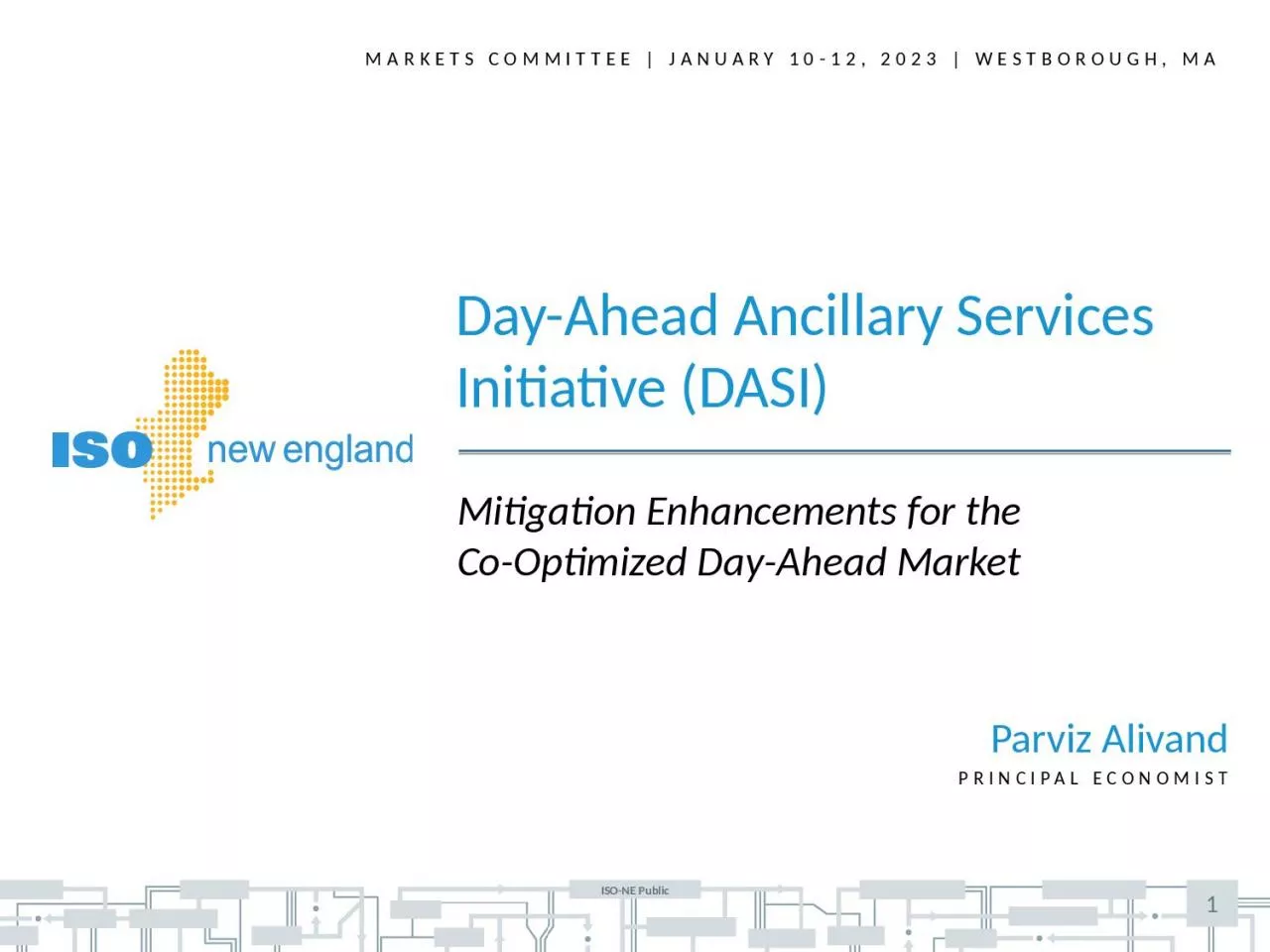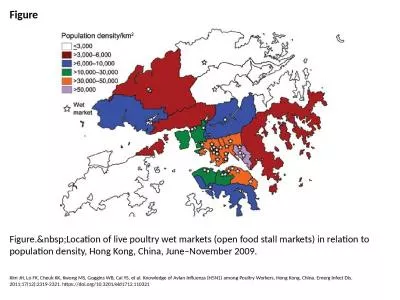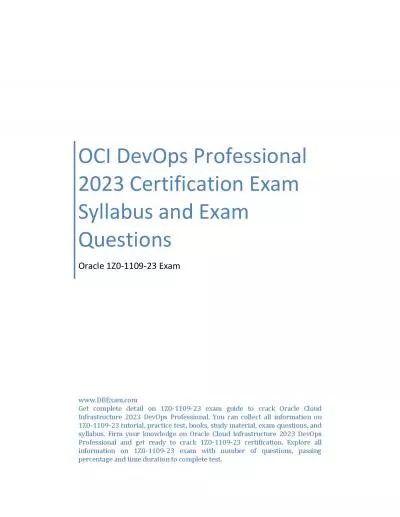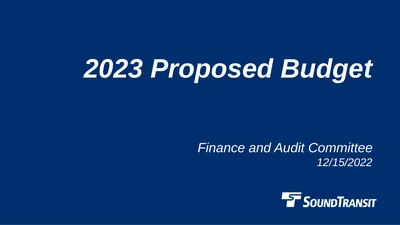PPT-Markets committee | January 10-12, 2023 |
Author : mackenzie | Published Date : 2023-10-29
Westborough MA Parviz Alivand DayAhead Ancillary Services Initiative DASI 1 Principal Economist Mitigation Enhancements for the CoOptimized DayAhead Market 2 DayAhead
Presentation Embed Code
Download Presentation
Download Presentation The PPT/PDF document "Markets committee | January 10-12, 2023 ..." is the property of its rightful owner. Permission is granted to download and print the materials on this website for personal, non-commercial use only, and to display it on your personal computer provided you do not modify the materials and that you retain all copyright notices contained in the materials. By downloading content from our website, you accept the terms of this agreement.
Markets committee | January 10-12, 2023 |: Transcript
Download Rules Of Document
"Markets committee | January 10-12, 2023 |"The content belongs to its owner. You may download and print it for personal use, without modification, and keep all copyright notices. By downloading, you agree to these terms.
Related Documents





![[FREE]-2023-2027 Monthly Planner 5 Years- Dream It, Believe It, Achieve It: (Years 2023,2024,2025,2026,2027](https://thumbs.docslides.com/992173/free-2023-2027-monthly-planner-5-years-dream-it-believe-it-achieve-it-years-2023-2024-2025-2026-2027-january-2023-december-2027.jpg)
![[BEST]-2023-2027 Five Year Monthly Planner- Make It Happen Today: (Years 2023,2024,2025,2026,2027](https://thumbs.docslides.com/992182/best-2023-2027-five-year-monthly-planner-make-it-happen-today-years-2023-2024-2025-2026-2027-january-2023-december-2027.jpg)





